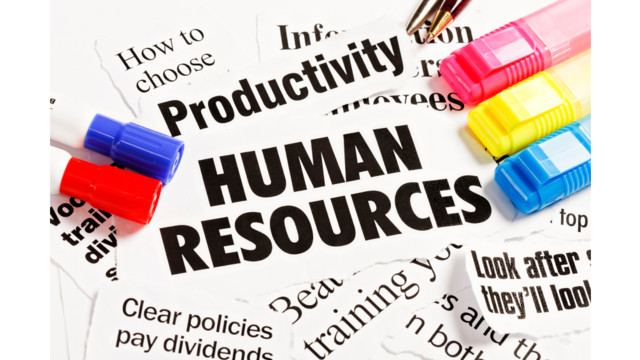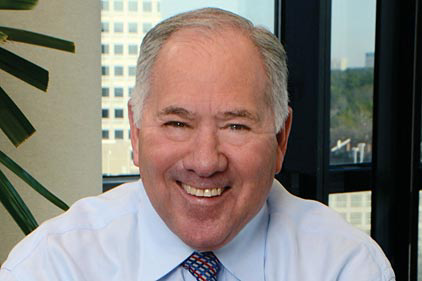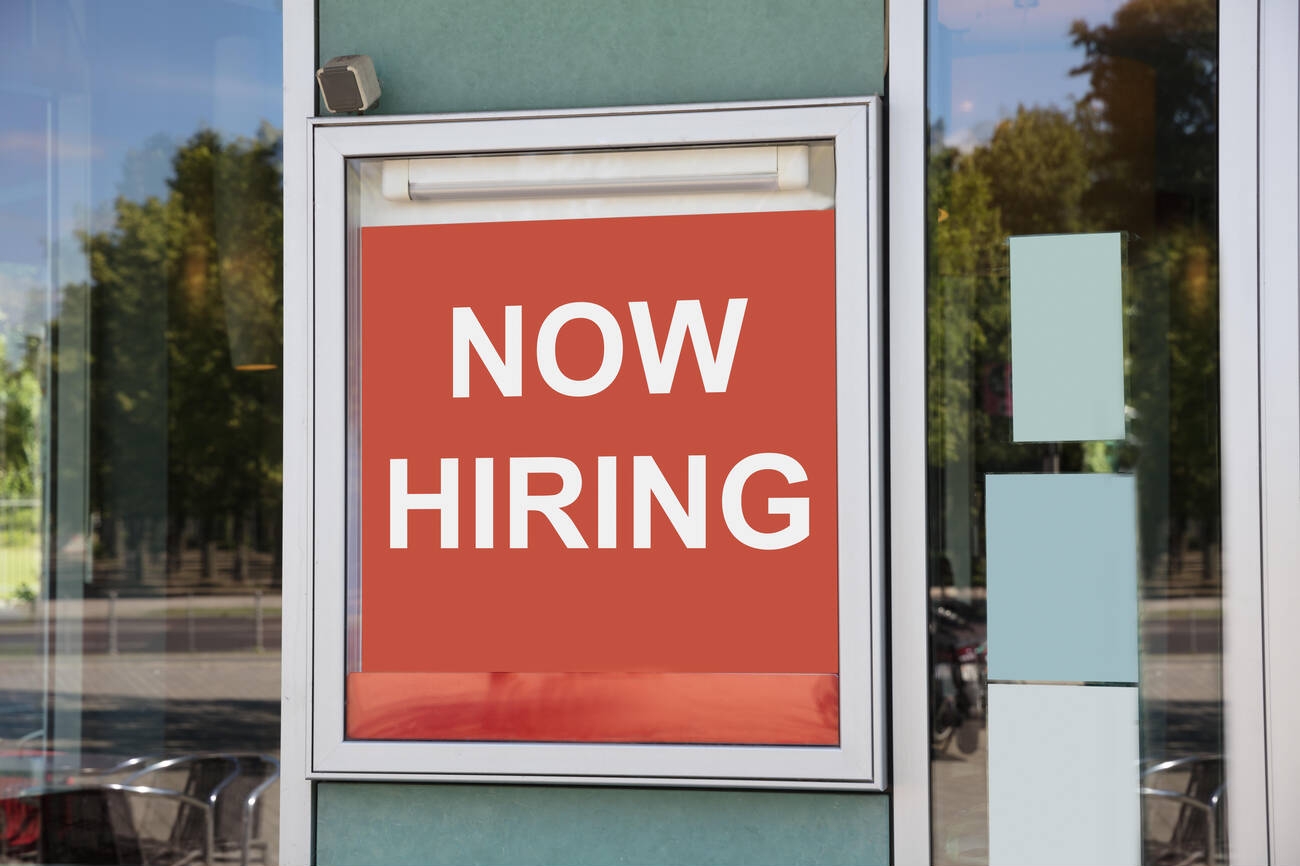Most would agree that the majority of 2020 and the first half of 2021 has been one of the most difficult periods our country has ever endured. It is only natural to wonder what to expect for the remainder of 2021 and beyond. Despite the great progress made on COVID-19 vaccinations and the rapidly declining number of infections across the country, it appears that we may continue dealing with the Coronavirus and its effects for at least several more months. The best available estimates by the Centers for Disease Control and others indicate that it may be several more months before a sufficient number of people are vaccinated for the country to reach so-called herd immunity.
There is no question that in addition to taming the Coronavirus, considerable effort and discipline will be required to rebuild an economy struggling to overcome unprecedented challenges. With an unemployment rate of 5.9%, certainly lower than was anticipated as the pandemic raged, there are still millions of workers unemployed, some by choice but many due to business closures. Employees in essential industries that continued to work, as well as those that have returned to businesses that have struggled to resume operations, are uncertain about the financial security of their families. Predictions of when the economy might be restored to pre-pandemic levels, if ever, seem to be extended farther out on a regular basis. It is a moving target.
Into this troubled environment we have introduced a new administration that is much less business-friendly than the last. How will its policies ultimately impact our daily lives? Will there be the regulatory escalation that characterized the Obama years? Will they help foster or hinder the much-needed economic growth? Will their policies push us to 1980’s style inflation levels? These are but a few of the numerous questions that are generating uncertainly, especially among workers.
In view of the myriad distressing circumstances, worker concerns about their ability to provide for their families in the future is to be expected. A concomitant impact on productivity and employee morale is a distinct possibility, if not probability, as well. Employees in some industries may even decide to leave their job if the prospect for a more stable employment situation presents itself. In fact, we are already seeing substantial job hopping. The remaining employees may become discouraged and disheartened, perhaps to the point of creating a workplace atmosphere where minor annoyances become major workplace conflicts.
A pre-pandemic Gallop poll found that only 34% of workers were engaged in their jobs. That same poll found that 53% were not engaged, and 13% were actively disengaged. This last group of employees would rather be almost anywhere other than in their current workplaces. Additionally, it is generally acknowledged that millennials are the least engaged group of workers in today’s workplace, and, for better or worse, they also currently comprise the largest segment of the workforce. Disengaged employees could easily become disaffected employees.
One of the greatest dangers for employers in these trying times is that a singular focus on restoring and/or maintaining their businesses, understandable as it may be, could result in employee relations being relegated to the back burner. That could be an unfortunate error. It could breed the employee disaffection we hope to avoid. Lack of attention could exacerbate potentially serious employee concerns over an uncertain future. The message to employees would be clear – you are not a priority.
It is a well-documented fact that employees want to feel appreciated for what they contribute to the success of the company. Equally important is the employee need-to-know what is in store for them and their workplace, especially in these troubling times. Additionally, open and regular communications with the workforce by most employers during the pandemic has enabled virtually all employers to consistently comply with the COVID-19 safety protocols and limit the spread of Coronavirus in their workplaces. As we move forward in this period of uncertainty, frequent, clear, and consistent communication with their workforce will be even more critical. In fact, given the numerous challenges confronting us, it may be more important than ever before. Such time-tested communication methods as regular town halls with all employees, pre-shift meetings, and status updates should certainly be considered, and increased if already being conducted.
While no one really knows exactly how the remainder of 2021 will unfold, or when conditions will be such that they engender true confidence for the future by employees and employers, employee relations should receive every bit as much of the focus that is directed at maintaining and growing the business. It is really not an either/or choice.
Thanks for reading CPA Practice Advisor!
Subscribe Already registered? Log In
Need more information? Read the FAQs





